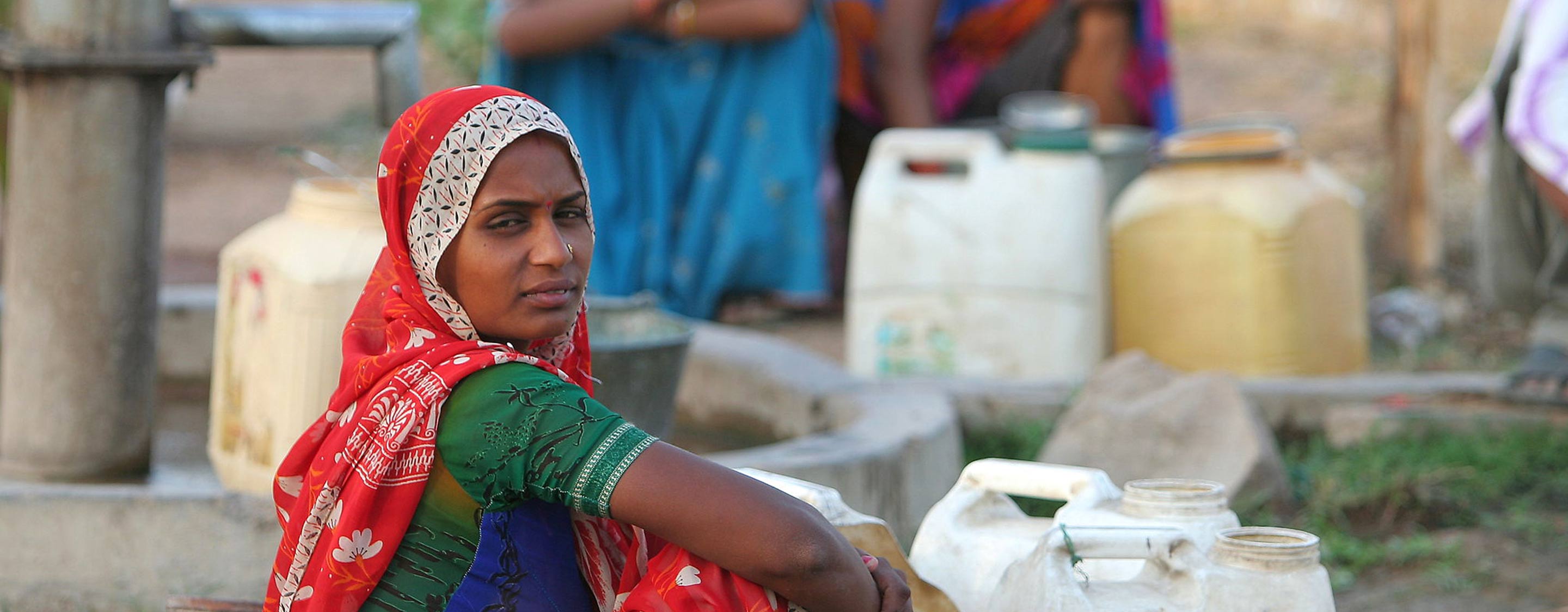India is not a water deficient country yet it’s citizens die out of water scarcity and access to clean drinking water. What explains this?
Among the major roles a government plays, the most integral role it takes up is that of delivering upon “public goods”. These goods are produced for the betterment of citizens at large. They are fundamental in determining an economy’s prosperity levels.
Among public goods such as ensuring rule of law, building major infrastructure projects, delivering water is paramount.
The water crisis is another instance of a government failure. According to a NITI Aayog Report, about 60 crore Indians face a high to extreme stress over water.
Most of India’s problem stems from its lack of an integral and central institution – Property Rights. The water crisis is one of the most troubling consequence of such an absence.
The poor in India lack titles to their property. This simply means they, like other citizens, are not entitled to the public goods that they equally pay for by way of taxes imposed upon each and every citizen.
The Lord never gave, yet the Lord takes.
In order to be a recipient of the public good – regular and usable drinking water supply, a citizen must submit a title to the land occupied for receiving a water or electricity connection. The twisted urbanization of India has left millions in poverty, crunched in ghettos with no land titles. This disqualifies them from receiving a constant, reliable, and a clean source of water. The direct consequence is waterless destitution or a private water mafia-like supply consumption.
The situation in rural India remains likewise with half of the rural population has no access to safely managed water.
The high dependency of groundwater in India reflects the sheer inability of the government to be able to treat wastewater and design effective distribution networks.
India is known to draw more groundwater than two of the largest economies – USA and China, combined. This unusually high pressure on groundwater consumption is aggravated by huge doll outs by way of water subsidies to the farmers leading to a reckless consumption.
Experts claim that anywhere about 6.6 crore Indians consume fluoride contaminated water whereas, 1.8 crore Indians consume Arsenic contaminated water the source of which is groundwater.
According to the report, about 2 lakh Indians die every year because they do not have access to clean water.
Calling the state of affairs a “crisis” is highly underwhelming.
Here’s putting this number in context. the Bhopal Gas Tragedy(the Union Carbide Gas Leak) claimed the lives of 16,000 people.
The number of people that die out of a lack of access to clean water is roughly 12 times the death caused by the world’s worst industrial disaster.
Put another way, each year the number of people dying out of the water crisis in India is equal to the deaths caused by 12 Bhopal Gas Tragedies.
While the long-term effect of the Union Carbide gas leak may not be comparable with those out of the water crisis, the loss of life is a sign of misery and the state of affairs gut-wrenchingly appalling. Each government in India has only managed to pass on the aggravating crisis from one to another and continues to fail in resolving the issue.
India is not a water deficient country yet it’s citizens die out of water scarcity and access to clean drinking water. There can be no simpler sign of government wastage and failure as one like this.
AUTHOR – Saurabh Modi

